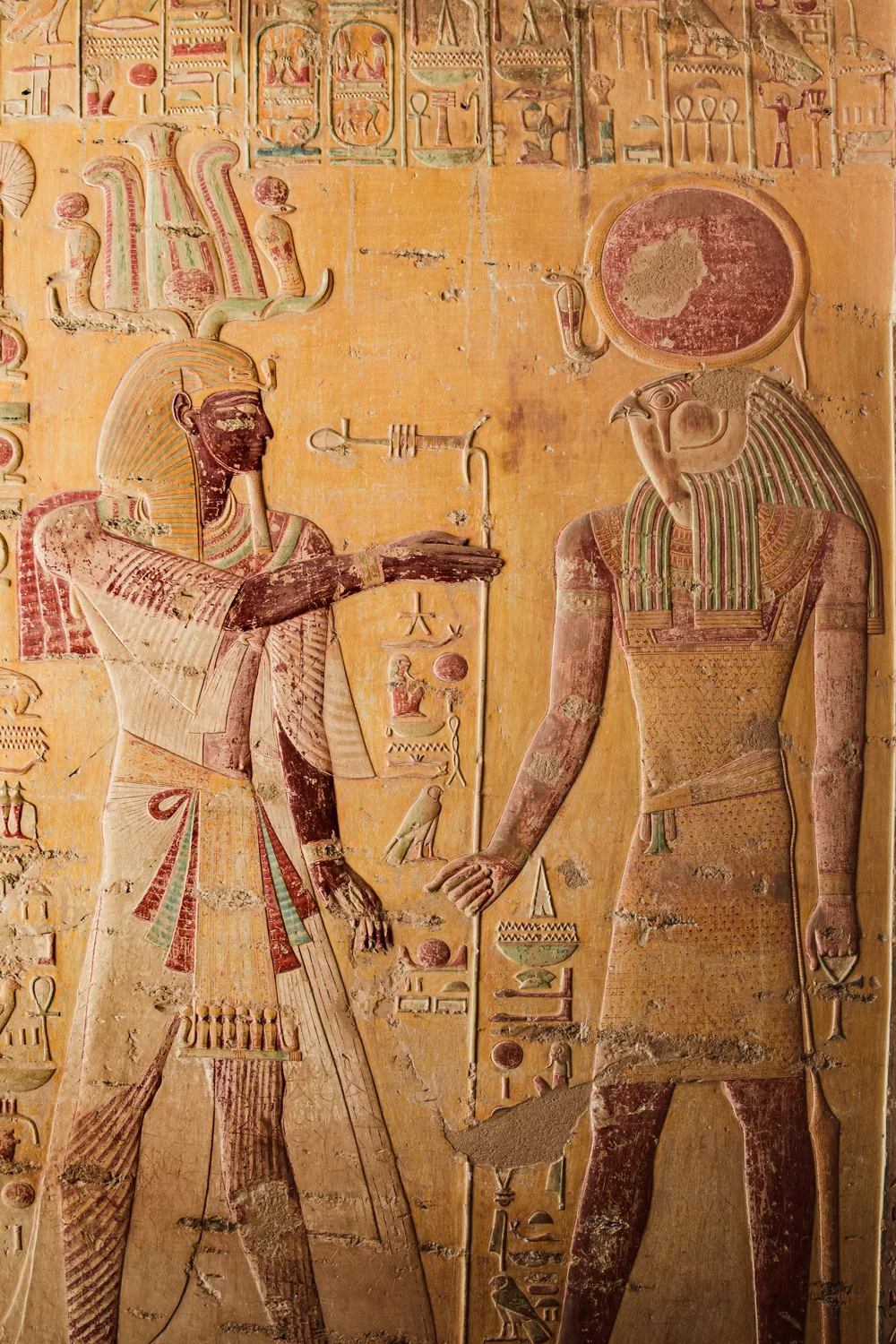Animals in Rituals and Burial Practices
Animals were also extensively used in religious rituals and burial practices in Ancient Egypt. Cats, for instance, were associated with the goddess Bastet, who represented fertility, love, and protection. In temples dedicated to Bastet, cats were revered and cared for, but they were not worshipped as deities themselves. Instead, they were seen as sacred beings embodying the power and essence of the goddess.



